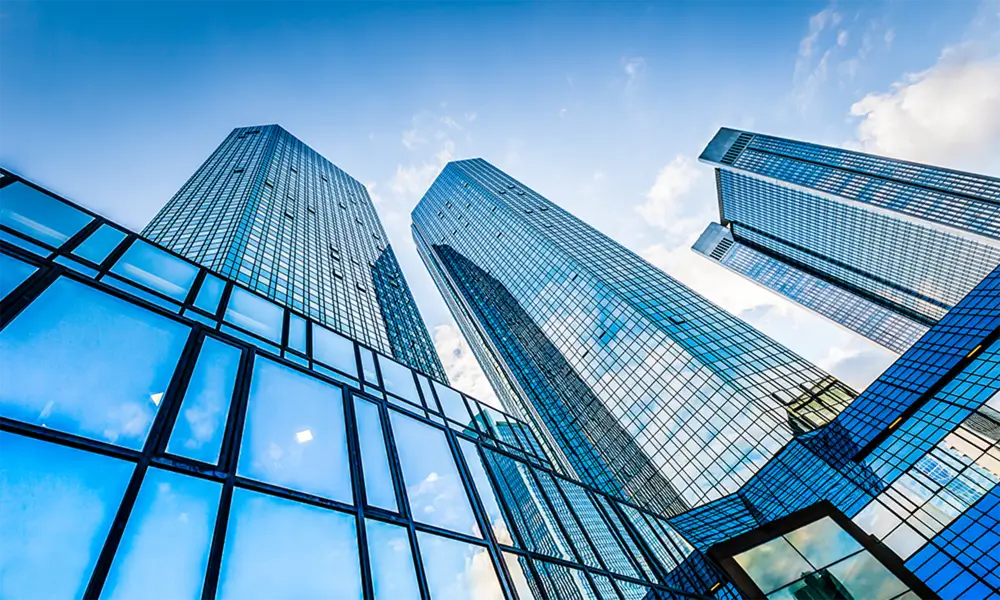

The Aesthetic and Functional Advantages of Tinted Float Glass
In the realm of architectural design and construction, the choice of materials can significantly impact both aesthetics and functionality. Tinted float glass has emerged as a popular choice among architects and designers, offering a unique blend of beauty and practicality. This article delves into the characteristics, advantages, and applications of tinted float glass, illustrating its crucial role in modern buildings.
Understanding Tinted Float Glass
Tinted float glass is a type of glass that has been treated with metal oxides during the manufacturing process, resulting in a diffuse coloration. This tinting process not only alters the visual appearance of the glass but also enhances its performance characteristics. Typically available in various shades, such as bronze, grey, green, and blue, the selection of tint can influence the overall tone and mood of a space.
Aesthetic Appeal
One of the primary advantages of tinted float glass is its aesthetic versatility. Architects can use various tints to harmonize with different design elements, achieving a cohesive look that enhances the overall architecture of the building. Additionally, tinted glass offers the opportunity to create a sense of privacy without sacrificing natural light. This feature makes it an attractive choice for residential and commercial buildings alike. The interplay of light and color brought about by tinted glass can produce stunning visual effects, dramatically transforming both interior and exterior spaces.
Energy Efficiency
Beyond aesthetic considerations, tinted float glass also provides significant energy efficiency benefits. Tinted glass helps control solar heat gain, reducing the amount of heat that enters a building. This characteristic is particularly beneficial in warmer climates, where excessive heat can lead to increased energy consumption for cooling systems. By minimizing solar glare and heat intrusion, tinted float glass can contribute to lower energy bills and a more comfortable indoor environment.
Moreover, the thermal insulating properties of tinted float glass can help reduce reliance on heating systems during colder months
. By maintaining a stable indoor temperature, buildings can achieve greater energy efficiency, aligning with sustainability practices increasingly favored in contemporary architecture.
UV Protection
Another essential advantage of tinted float glass is its ability to block harmful ultraviolet (UV) rays. Prolonged exposure to UV radiation can lead to the fading of furnishings, carpets, and artwork, effectively diminishing the interior aesthetics over time. Tinted glass provides a barrier that absorbs or reflects a significant percentage of these harmful rays, protecting valuable assets and maintaining the vibrancy of interior spaces.
Durability and Maintenance
Tinted float glass is not only aesthetically appealing and energy-efficient; it is also known for its durability. The manufacturing process renders the glass resistant to breakage and damage, making it an ideal choice for both residential and commercial applications. Additionally, the maintenance of tinted float glass is relatively straightforward. Regular cleaning with mild detergents and soft cloths helps maintain clarity and appearance, ensuring that the glass retains its visual appeal over time.
Applications in Architecture
The versatility of tinted float glass allows for a variety of applications across different types of structures. In commercial buildings, large glass facades can create striking visual impressions while improving energy efficiency. In residential settings, tinted glass is often utilized in windows and patios, enhancing privacy and comfort.
Furthermore, tinted float glass is increasingly used in the construction of curtain walls, skylights, and glass partitions, where its combination of beauty and performance can be fully appreciated. Notably, this type of glass can be designed to meet specific safety and building codes, making it suitable for a wide range of applications.
Conclusion
In summary, tinted float glass stands out as a preferred material in modern architecture, blending aesthetic appeal with energy efficiency, UV protection, and durability. Its ability to enhance both the exterior and interior of a building makes it a versatile choice for architects and builders looking to create stunning and functional spaces. As we continue to prioritize sustainability and design innovation, tinted float glass will undoubtedly play a crucial role in shaping the future of architectural design. Whether used in residential homes or large commercial buildings, this remarkable material exemplifies the intersection of beauty and practicality in modern construction.